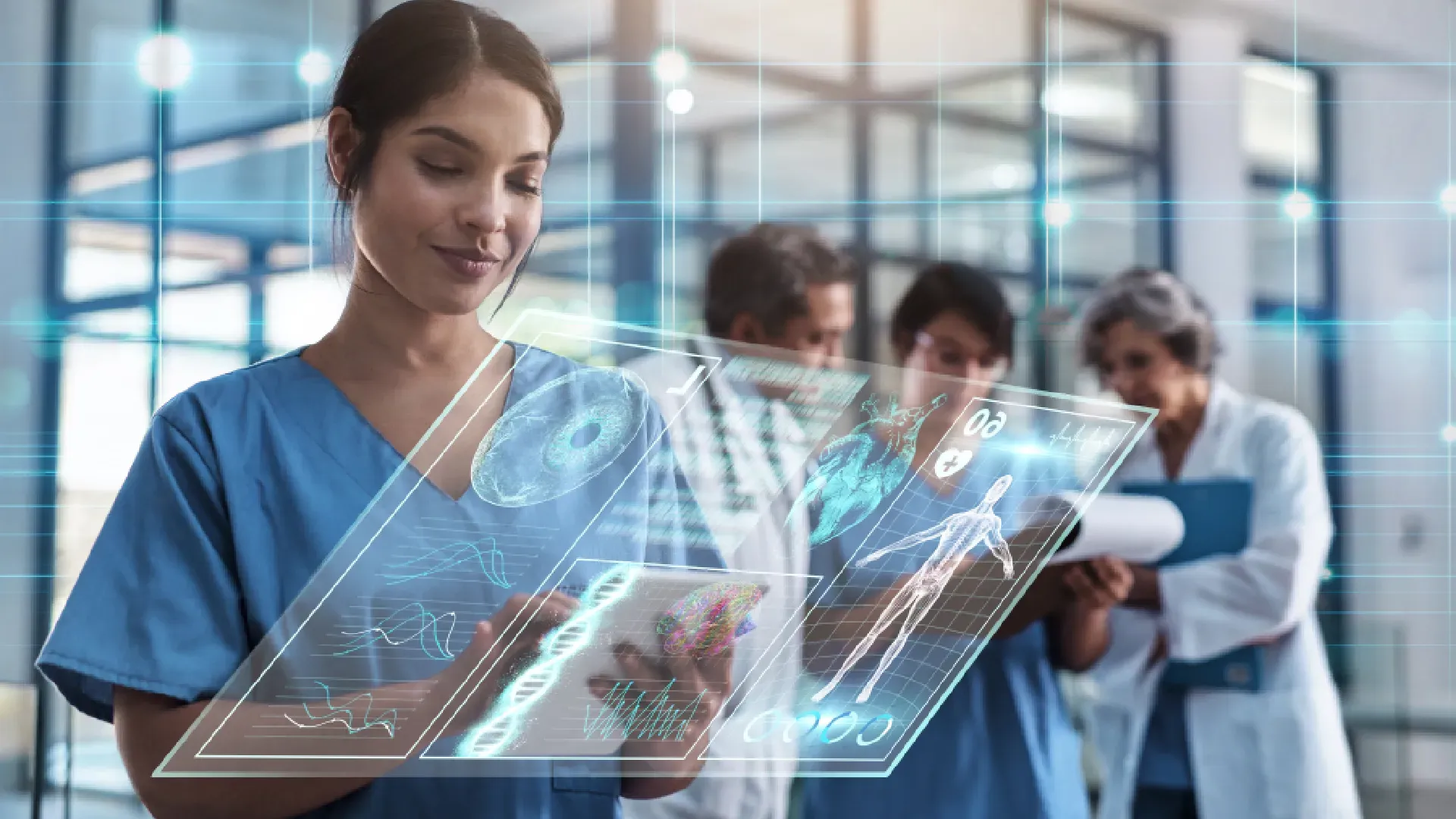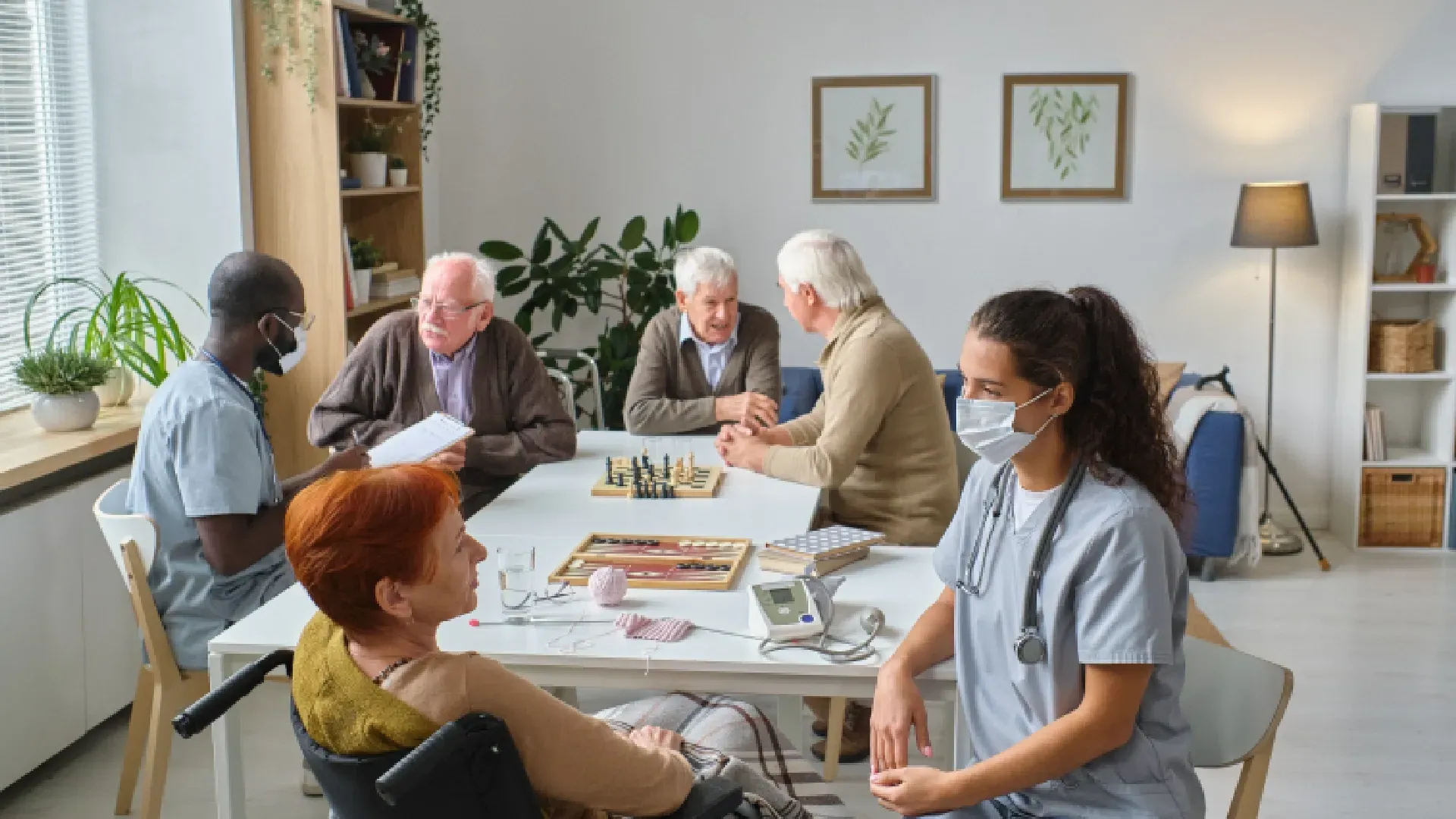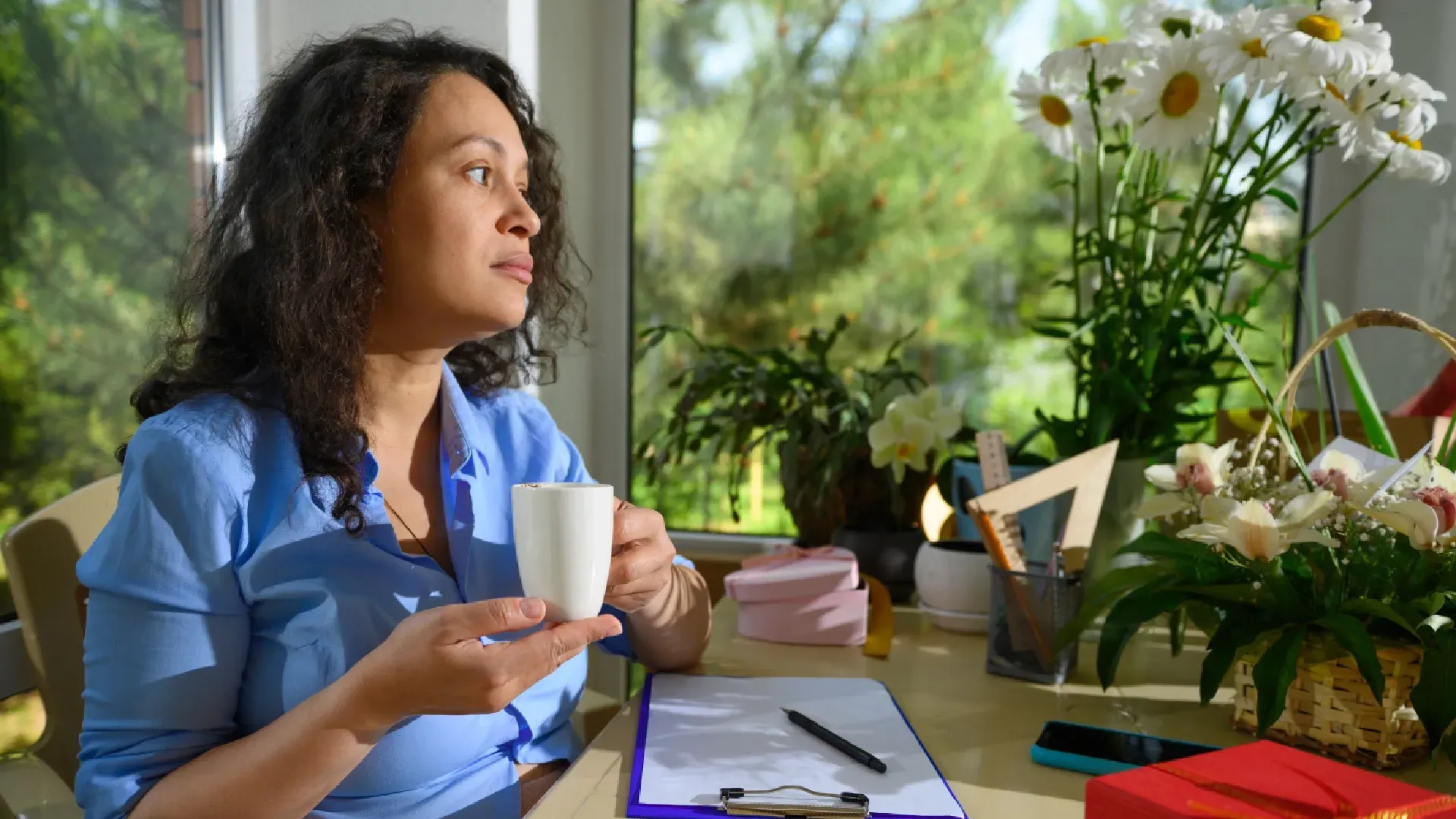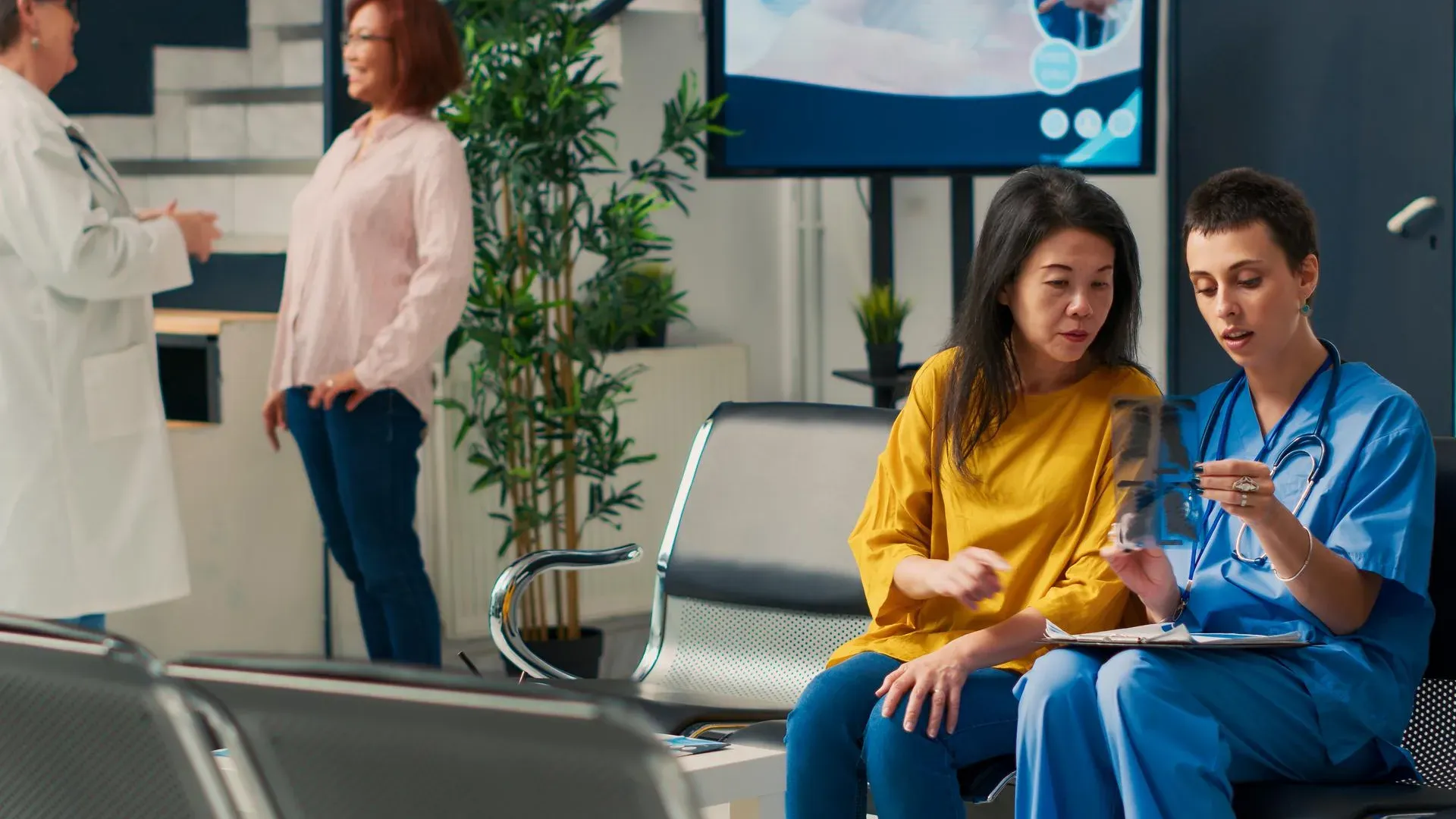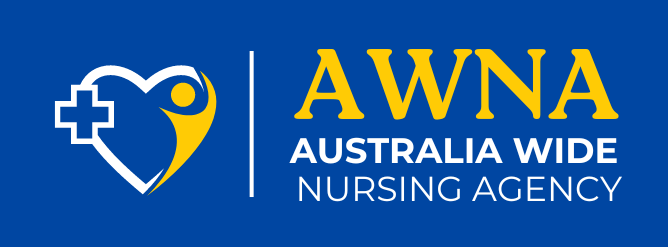The Role of Technology in Modern Nursing
The healthcare industry is continually evolving, and technology plays a pivotal role in this transformation. For nurses, technological advancements such as electronic health records (EHRs) and telehealth are revolutionising the way they deliver care in hospitals. These tools not only enhance efficiency but also significantly improve patient outcomes.
Electronic Health Records (EHRs)
Electronic Health Records (EHRs) have become a cornerstone of modern nursing practice. Unlike traditional paper records, EHRs provide instant access to comprehensive patient information, which is crucial for making informed clinical decisions.
- Improved Accuracy and Accessibility: EHRs eliminate the risk of errors associated with handwritten notes and physical paperwork. Nurses can quickly update and access patient data, ensuring that everyone involved in a patient's care has the most current information.
- Enhanced Coordination of Care: With EHRs, different healthcare providers can easily share patient information, facilitating better coordination and continuity of care. This integrated approach helps in reducing duplications and omissions in patient treatment plans.
- Real-Time Updates: Nurses can document patient interactions and updates in real-time, which is essential for monitoring changes in a patient's condition. Alerts and reminders built into EHR systems can also prompt timely interventions, improving patient safety and outcomes.
Telehealth
Telehealth has emerged as a vital tool in modern nursing, providing new ways to deliver care and monitor patients, especially in remote or underserved areas.
- Increased Accessibility: Telehealth bridges the gap between patients and healthcare providers, making it easier for individuals in rural or remote areas to receive medical consultations and follow-up care without the need for travel. This is particularly beneficial for patients with chronic conditions who require regular monitoring.
- Enhanced Patient Monitoring: Through telehealth platforms, nurses can remotely monitor patients' vital signs and health data. Wearable devices and mobile health apps enable continuous tracking of a patient's condition, allowing for timely interventions if any anomalies are detected.
- Cost-Effective Care: Telehealth reduces the need for hospital visits and admissions, which can be costly and time-consuming. Patients can receive high-quality care in the comfort of their homes, which also helps in reducing the burden on hospital resources.
Wearable Technology
Wearable technology is another significant advancement that is transforming nursing practices. These devices provide real-time data that is crucial for patient monitoring and care.
- Real-Time Data Collection: Wearable devices, such as smartwatches and fitness trackers, can monitor vital signs like heart rate, blood pressure, and oxygen levels continuously. This data is invaluable for nurses in assessing a patient’s condition and making informed decisions.
- Early Detection of Health Issues: Continuous monitoring allows for the early detection of potential health issues. For example, changes in a patient's vital signs can indicate the onset of complications, prompting early intervention and potentially preventing more severe health problems.
- Enhanced Patient Engagement: Wearable technology encourages patients to take an active role in their health management. Patients can track their own health data, which fosters better adherence to treatment plans and lifestyle modifications.
Technology is undeniably transforming the field of nursing, making it more efficient and effective. Electronic Health Records (EHRs) have streamlined documentation and improved accuracy, while telehealth has expanded access to care and enhanced patient monitoring. Wearable technology offers real-time data and early detection capabilities, empowering both nurses and patients. These advancements are not just about keeping up with the times but are essential tools that help nurses provide better care and improve patient outcomes. Embracing these technologies is key to the future of nursing, ensuring that healthcare delivery continues to evolve and meet the needs of all patients.
